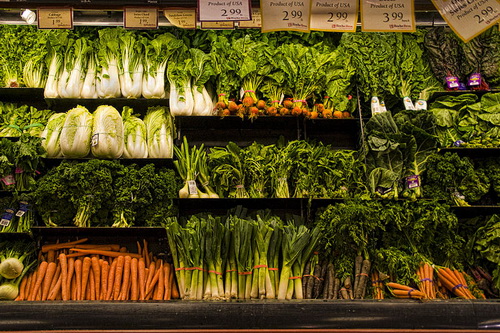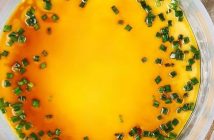Vegetarian, Pescetarian, Don’t-really-care-ian, however you choose to identify, it’s hard to deny the increasing popularity of this diet and lifestyle choice in recent years. From “meat-free Mondays” to artificially-created meat, this lifestyle is undoubtedly gaining momentum, no doubt, in part, thanks to recent findings that link red meat to cancer (see here and here). It begs the question though – just how realistic is this diet in Beijing? And, can you still be healthy without eating meat?
Meat has long been considered a status symbol in Chinese society; whether it’s a business dinner, treating an old friend to a meal, or celebrating a holiday, copious amounts of meat will be present in all these types of events. More recently, the famines of the Cultural Revolution have left a lasting impact on the minds of the older generation at least, influencing their relationship with and the importance they place on meat. Nevertheless, we can see start to see the impact of this lifestyle change on the restaurants and stores popping up around the city. Check thebeijinger’s article here on where to eat out.
One of the reasons meat continues to be consumed in hefty quantities is due to its high amount of protein. Protein is vital for everything from healthy hair and nails, and also works to make us feel full for longer (it takes longer to break down than most carbohydrates), not to mention protein-rich foods contain iron, an essential mineral for the production of red blood cells and the movement of oxygen throughout the body. So exactly how much protein should we be eating a day? It can vary depending on a wide range of factors, including gender, age, weight, and level of activity per day. The below data can be taken as a guide, however:

Here are some meat-free foods that we can get it from:

Tofu:
We’ve put the easiest one first. Packed with over 10 grams of protein per half-cup, tofu has long been popular in Asian cuisine, making it very simple to hunt down in restaurants and supermarkets in Beijing alike.

Beans:
Whether it’s red kidney beans, black beans, or chickpeas, we’re looking at about 15 grams of protein per cup. Beans are also loaded with fiber to help us feel fuller longer, something that meat lacks. While Chinese cuisine traditionally doesn’t utilize a lot of beans, they can be easily found in Western supermarkets. Also check out Mexican restaurants The Taco Bar and Lucky Lopez when eating out, as Mexican cuisine often uses beans.

Lentils:
Lentils, the delicious edible pulses that they are, are packed with 18 grams of protein per cup. Like beans, they aren’t usually present in most Chinese cooking, but can be picked up in supermarkets by the tin or in bulk. Try a soup recipe, or adding it to pasta for a protein hit. Try Indian cuisine when dining out; a lot of Indian dishes use lentils.

Nuts:
Easy to snack on, and easy to find! Peanuts have nine grams of protein per 1/4 cups, while pistachios have six, and walnuts have four. While nuts are also packed with healthy fats, try to be conscious of portion size as the calorie count of nuts can rack up fast. About a handful is a good rule of thumb.

Seeds:
From sunflower to pumpkin and sesame seeds, these guys are packed with about eight to nine grams of protein per 1/4 cup. Find them in most supermarkets.

Quinoa:
The trendy new ‘superfood’ that everyone’s talking about, quinoa has about eight grams of protein per cup, while also being low in fat. Hunt it down in Sanyuanli market or order on Taobao.
Images: courtesy of Wikimedia Commons & radafrancis.com



